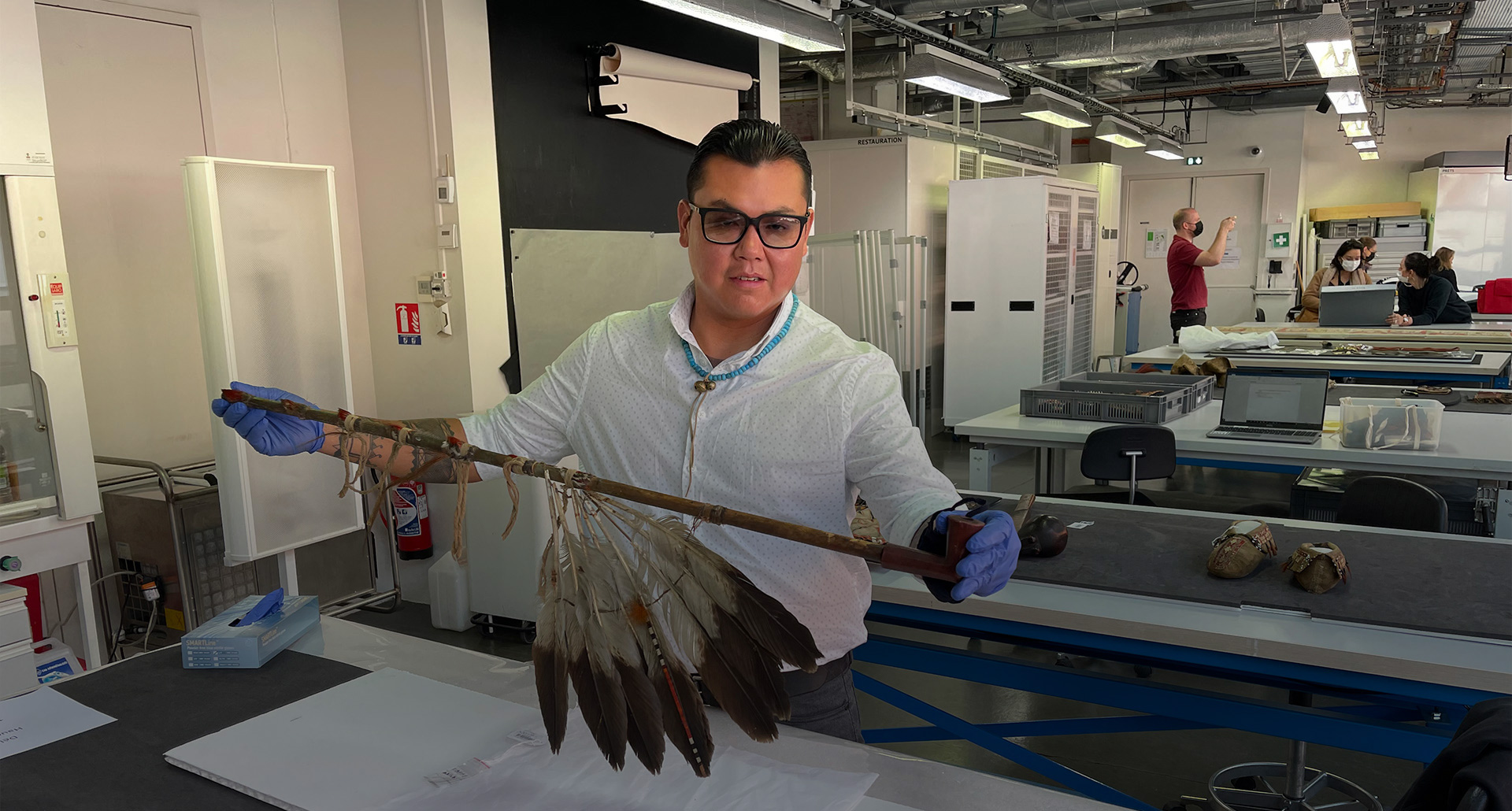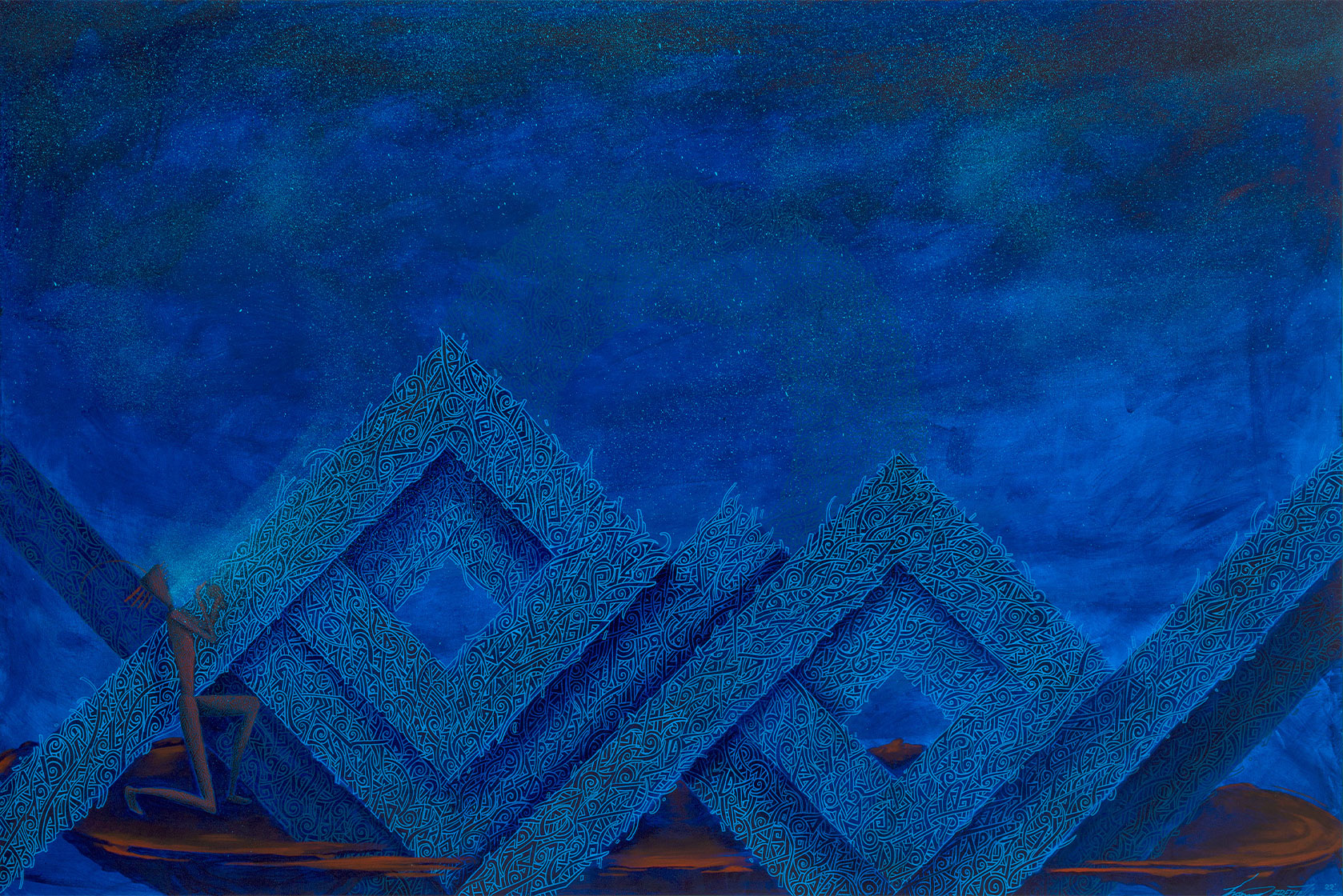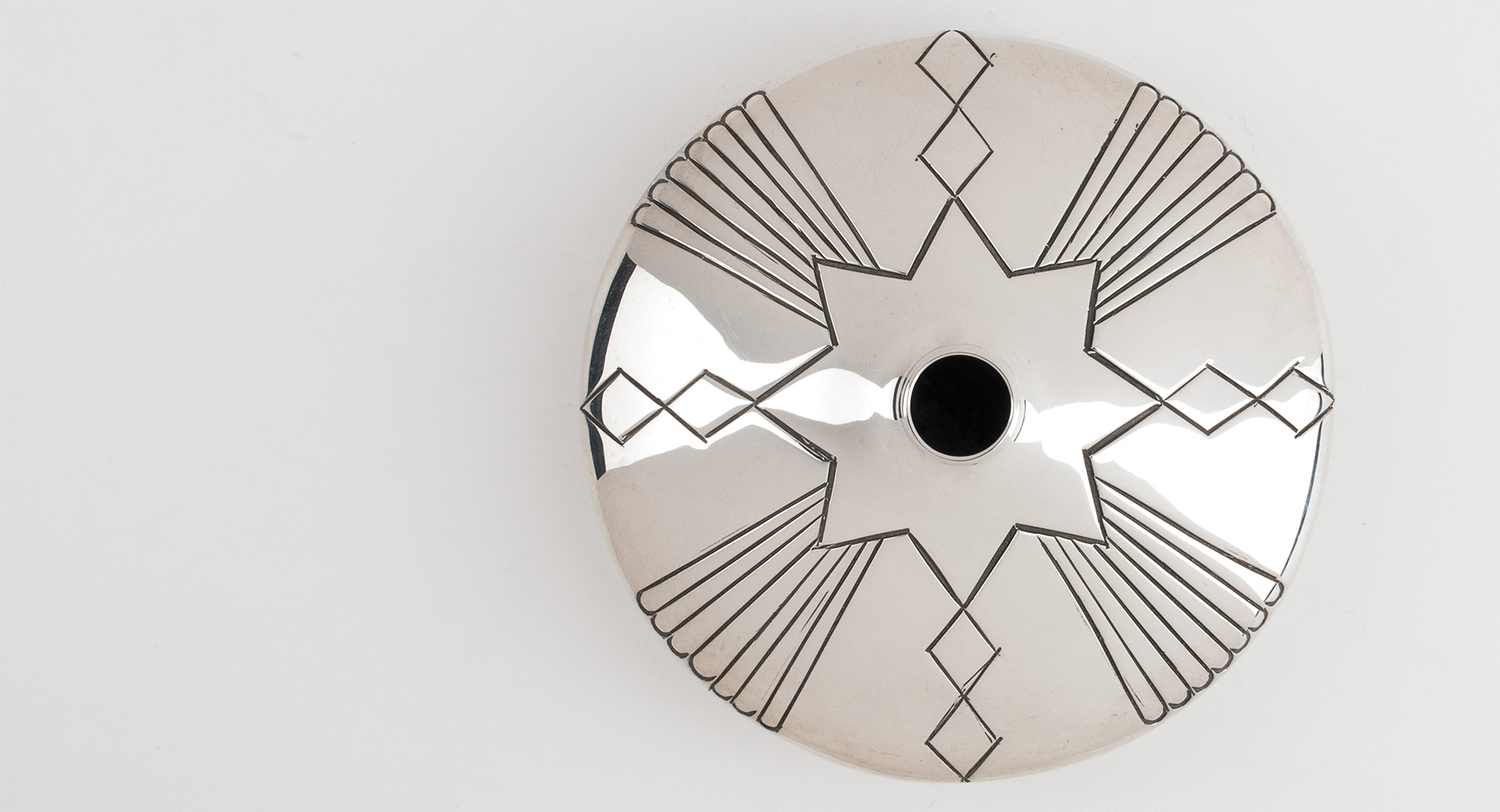Olivia Barney, collections coordinator
This fall, the Heard Museum is unveiling a new exhibition, Substance of Stars. Jamie Jacobs is one of the guest curators contributing to the exhibition, in addition to his head curator role for the Rock Foundation Collection at the Rochester Museum & Science Center. Jacobs is Seneca, one of the nations that is part of the Iroquois Confederacy, and of the Turtle Clan. He grew up immersed in his culture on Tonawanda Seneca territory, and he is currently one of the last language speakers in his community. He is also a multiple award winner from this summer’s Santa Fe Indian Market, receiving a first-place and two second-place ribbons. I talked with Jacobs about being a curator, being an artist, and what he looks forward to with Substance of Stars.
Olivia Barney: How did you become interested in being a curator?
Jamie Jacobs: It began when I started working in Rochester. I started off as an intern while I was going to college. When I graduated, I had already worked myself up into the museum. I enjoyed it so much that I just kept going with it. Which, when I look back on it, this is probably what I was meant to do.
OB: What about your journey as an artist?
JJ: I do traditional quill work here in the Northeast, around the Great Lakes. I started doing reproduction work of items I saw in museum collections. Now, I’m going off into my own contemporary type of quill work. So, I do a little bit of everything, and it’s become one of my passions. I really love doing it. I want to explore trying to blend the old with the new, the new with the old.
OB: When curating, do you have a process you go through or any particular focuses you keep in mind?
JJ: I don’t look at objects as just objects. They have life, and I give them the proper respect they deserve. I treat them as ancestors and not just as inanimate materials, because they’re not. I speak to them. I ask them questions. I figure out how I can make their voices heard and known.
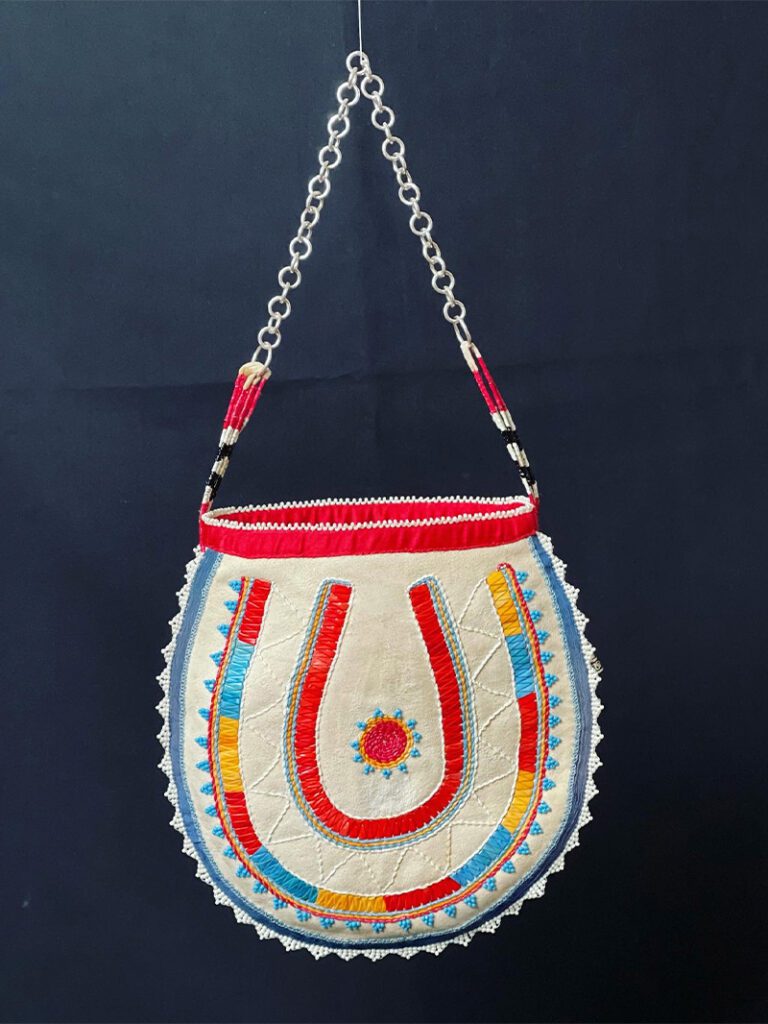
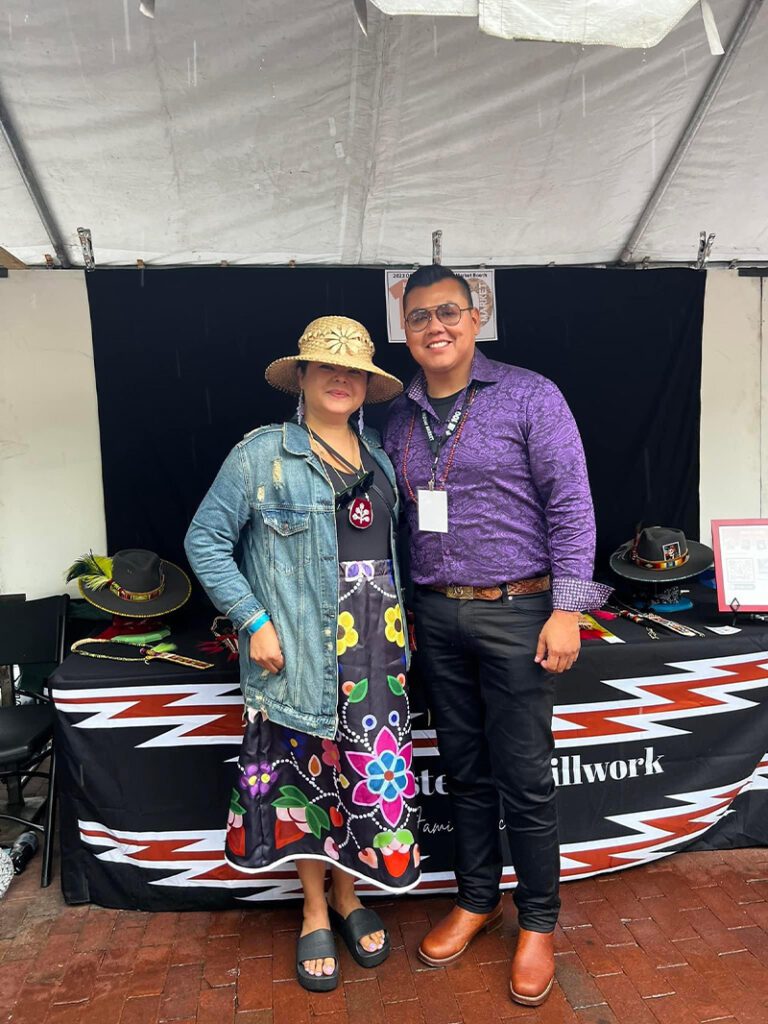
OB: You’re one of the guest curators for Substance of Stars. What are you looking forward to with the exhibition?
JJ: To bring this exhibition and to bring our [Seneca] story [to Phoenix], it’s going to let people know that tribes east of the Mississippi River are still here. We’re still alive. We still have stories. To have our voice echo across the country, that’s one of my favorites. I’m putting everything I have into this exhibition because I want to represent my people well. I’m also in love with the idea of having four groups from different parts of Indian Country [in the exhibition] because that’s exactly what it’s doing. Hopefully, the exhibition will plant a seed in the viewers’ minds. That they go home and look us up or pick up more literature or come visit us even. That’s my hope.
OB: You’re also working on a language manuscript. Would you like to talk about that project?
JJ: Nobody has ever written anything like this on any kind of Iroquoian project. It was written by an elder from my community and never published. It’s written in such a way that anybody can pick it up and learn from it. To be able to finish this project, not only for her but for the future, it couldn’t come at a better time. Like the exhibition, I’m putting everything I’ve got into it because it’s going to have a lasting effect on our world.
Photographs courtesy of Jamie Jacobs.
